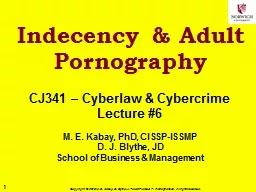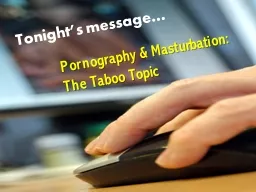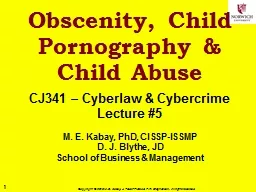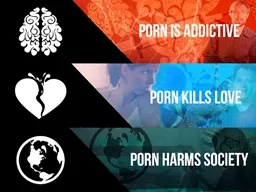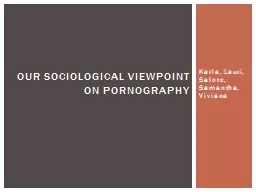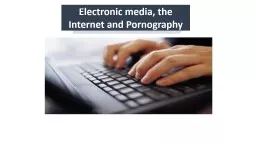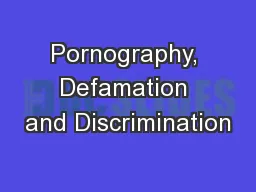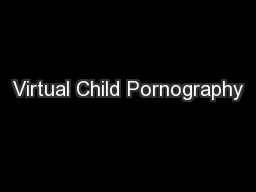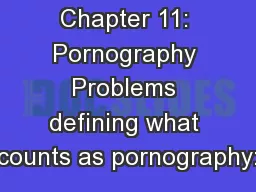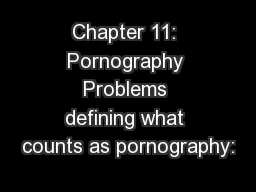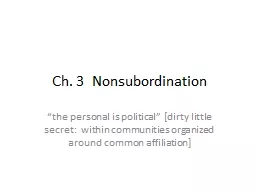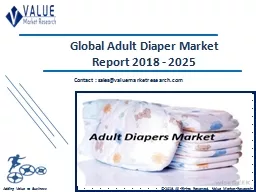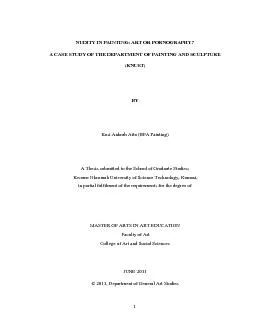PPT-Indecency & Adult Pornography
Author : debby-jeon | Published Date : 2016-05-11
CJ341 Cyberlaw amp Cybercrime Lecture 6 M E Kabay PhD CISSPISSMP D J Blythe JD School of Business amp Management Topics Freedom of Speech First Amendment of the
Presentation Embed Code
Download Presentation
Download Presentation The PPT/PDF document "Indecency & Adult Pornography" is the property of its rightful owner. Permission is granted to download and print the materials on this website for personal, non-commercial use only, and to display it on your personal computer provided you do not modify the materials and that you retain all copyright notices contained in the materials. By downloading content from our website, you accept the terms of this agreement.
Indecency & Adult Pornography: Transcript
Download Rules Of Document
"Indecency & Adult Pornography"The content belongs to its owner. You may download and print it for personal use, without modification, and keep all copyright notices. By downloading, you agree to these terms.
Related Documents

